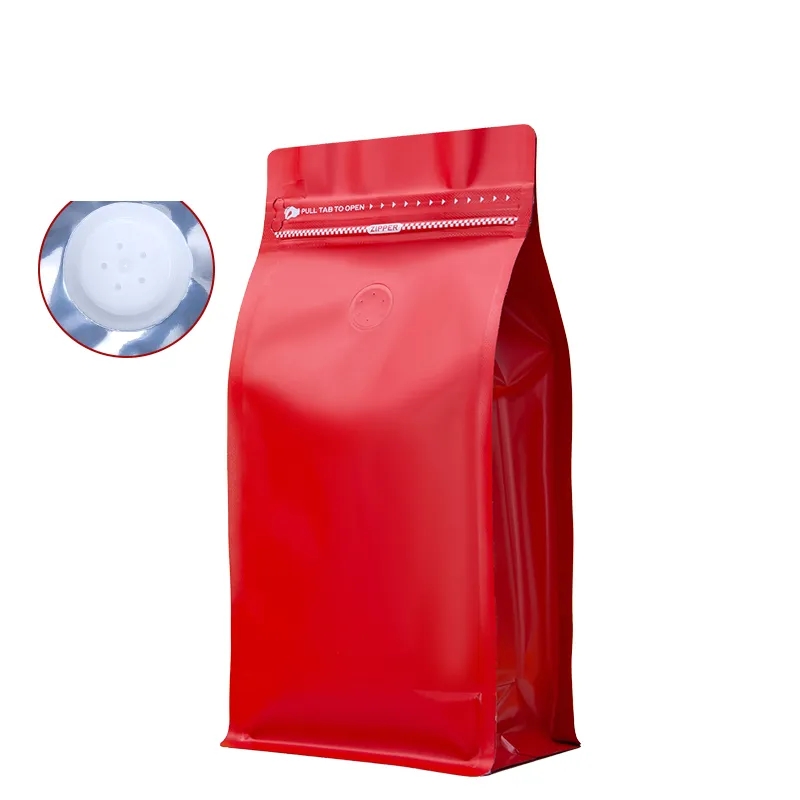Introduction:
As the world unites to address pressing environmental challenges, the coffee industry is taking proactive steps to revolutionize its packaging practices. Sustainable coffee packaging has become a focal point for coffee producers, consumers, and packaging manufacturers alike. This article explores the dynamic landscape of sustainable coffee packaging, focusing on the collaborative efforts that promote a responsible coffee culture while maintaining the essence of the beloved beverage.
1. Circular Economy: Reducing, Reusing, and Recycling:
a) Reducing Packaging Waste: Coffee producers are actively exploring ways to minimize packaging waste by adopting minimalist designs and utilizing materials with reduced environmental impact. Emphasis is placed on right-sizing packaging to avoid excessive use of resources.
b) Promoting Reusable Containers: Coffee shops and retailers encourage consumers to bring their reusable containers for coffee purchases, reducing the reliance on single-use packaging and promoting a circular economy.
c) Investing in Recycling Infrastructure: Collaborative initiatives between the coffee industry and recycling organizations focus on improving recycling infrastructure, making it easier for consumers to recycle coffee packaging effectively.
2. Nature-Inspired Packaging Solutions:
a) Biodegradable Coffee Bags: Inspired by nature, coffee producers are adopting biodegradable coffee bags made from organic materials. These bags break down naturally, lessening their impact on the environment.
b) Compostable Coffee Pods: Compostable coffee pods, crafted from materials like plant fibers or bamboo, provide an eco-friendly alternative to traditional single-serve coffee capsules.
3. Multi-Stakeholder Collaboration:
a) Partnerships for Sustainable Innovation: Coffee producers collaborate with packaging manufacturers to develop sustainable materials and technologies that strike a balance between functionality and eco-friendliness.
b) Certifications and Standards: Collaborative efforts within the industry set sustainability standards and certifications for coffee packaging, guiding consumers towards responsible choices.
4. Educating and Engaging Consumers:
a) Consumer Awareness Campaigns: Coffee brands and organizations engage in public awareness campaigns, educating consumers about the environmental impact of packaging and the benefits of sustainable alternatives.
b) Transparent Communication: Transparent labeling and traceability technology empower consumers to make informed decisions, fostering a sense of responsibility towards sustainable coffee packaging.
5. Embracing Innovative Technology:
a) Smart Packaging Solutions: Technological advancements enable the integration of smart packaging features, such as freshness indicators, temperature monitoring, and interactive content, ensuring coffee quality while reducing waste.
b) Blockchain for Transparency: Blockchain technology provides a decentralized and transparent supply chain, enabling consumers to trace the journey of coffee from farm to cup, including its sustainable packaging practices.
Conclusion:
The journey towards sustainable coffee packaging relies on collaborative efforts that involve coffee producers, packaging manufacturers, retailers, and, most importantly, consumers. By embracing circular economy principles, nature-inspired solutions, and innovative technologies, the coffee industry can create a responsible coffee culture that respects the environment. Through public awareness campaigns and transparent communication, consumers are empowered to make conscious choices, driving the demand for sustainable packaging options. As stakeholders across the coffee value chain come together to prioritize sustainability, the evolution of sustainable coffee packaging will continue, paving the way for a greener and more responsible coffee industry that cherishes both the planet and the perfect cup of coffee.


